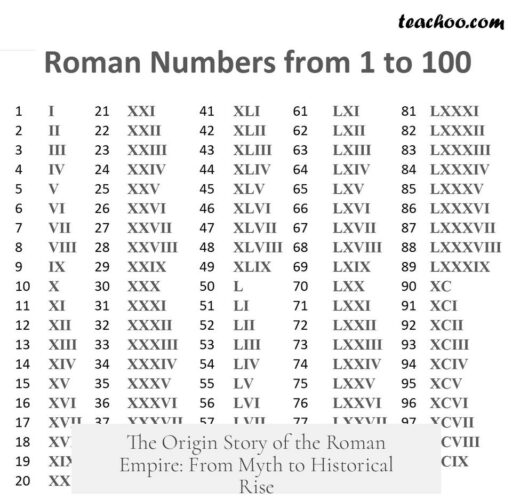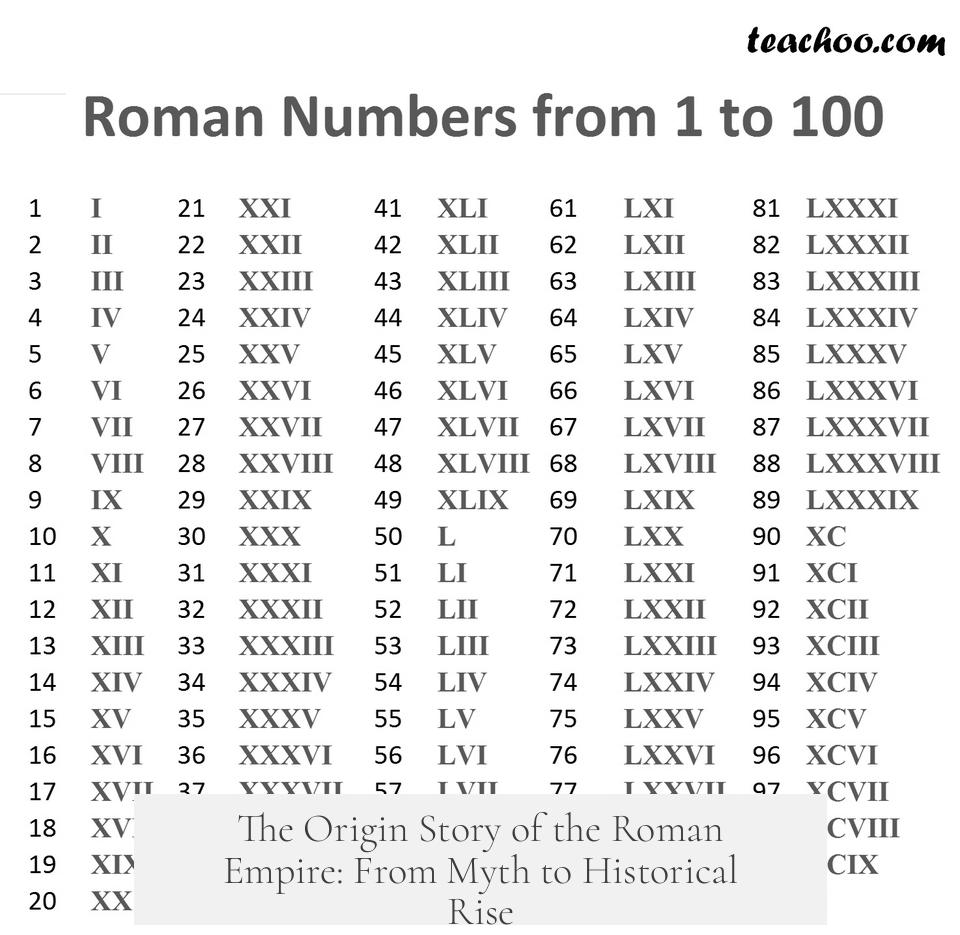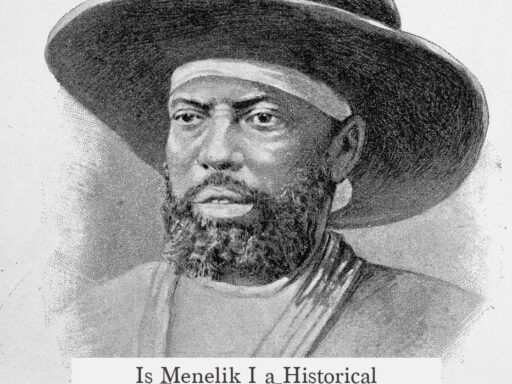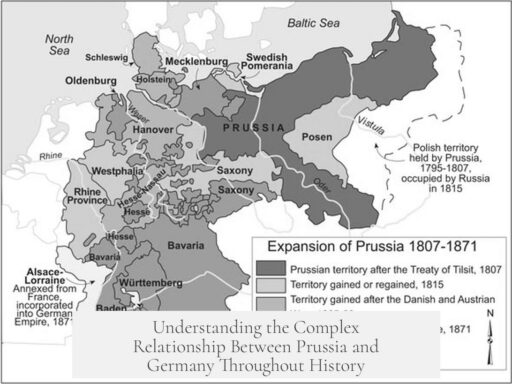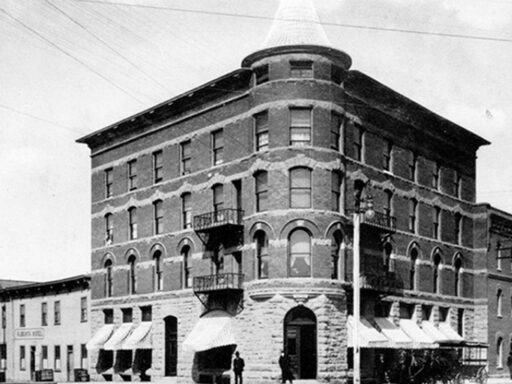The Roman Empire begins with a transformation of the city of Rome from a kingdom and republic into an empire under the rule of Augustus around 30 B.C. The city itself is much older, traditionally founded in 753 B.C. by Romulus after he killed his brother Remus. This foundation marks the start of a kingdom ruled by seven kings until 509 B.C., when Rome transitioned into a republic following the overthrow of its last king.
Rome’s early origins blend legend and history. According to the myth, Romulus and Remus, saved and raised by a she-wolf, symbolize the city’s auspicious start. Though Livy, the primary ancient historian (59 B.C.–17 A.D.), provides extensive narrative on Rome’s beginnings, his accounts are questioned for historical accuracy. Writing centuries after the events, Livy’s stories may mix myth and fact, as little concrete evidence exists from the earliest era.
Archaeological discoveries offer additional insights. Finds such as a Roman wall and pottery dated to 850 B.C. suggest a settlement older than legend implies. Originally, Rome likely formed as a small village near a river crossing favored by traders. The area’s access to water and salt made it an ideal livestock trading hub. Over time, the disparate tribes on the seven surrounding hills united, growing a village into a town and then a city.
The shift from city to empire was gradual. Rome’s power expanded through successive local military victories against neighboring Latin city-states in central Italy. These gains did not initially stem from imperial ambition but from practical conflict and regional dominance. Eventually, this expansion consolidated into a broader empire under Augustus.
- Rome started as a kingdom (753–509 B.C.), then a republic before becoming an empire.
- Founding myths center on Romulus and Remus, symbolizing Rome’s origins.
- Histories like Livy’s provide early narratives but face reliability issues.
- Archaeology pushes Rome’s origins back earlier than traditional dates.
- Economic advantages and geographical location fostered early growth.
- Empire arose from gradual regional domination, not a planned conquest.
How Did the Roman Empire Start? Unpacking Rome’s Epic Origin Story

The Roman Empire didn’t just pop out of nowhere — it evolved gradually from a tiny village into an empire that stretched across three continents. The Empire technically began under Augustus, the first emperor, but before that, the city of Rome had a long and winding road to greatness. So, what’s the real story behind Rome’s rise? Pull up a chair; it’s a tale of brothers, battles, and a bit of luck by the riverside.
The Birth of Rome: Romulus and Remus, the Original Founders
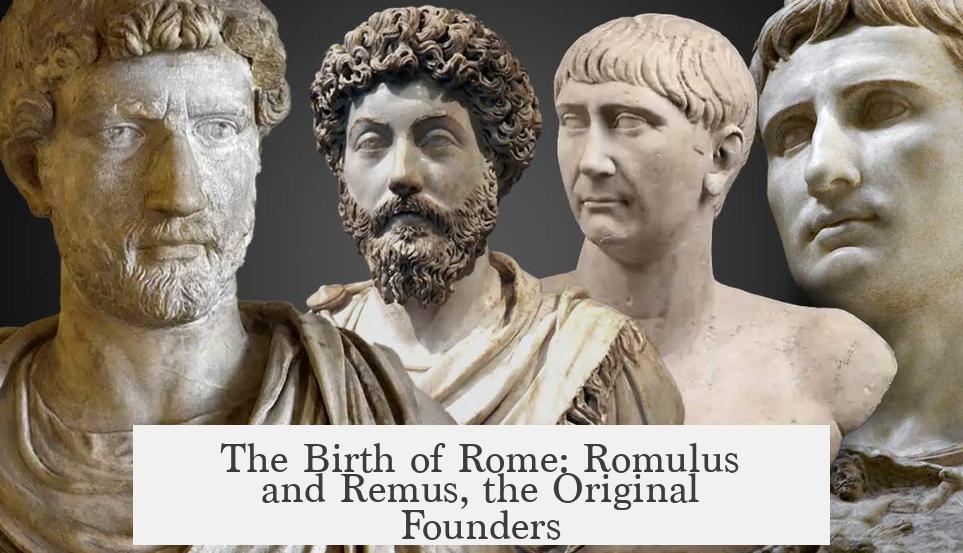
The popular legend kicks off in 753 B.C. with two brothers, Romulus and Remus. Picture this: abandoned by the riverside, nursed by a she-wolf (yes, a wolf), and then growing up to decide, “Let’s build a city!” But sibling rivalry wasn’t far behind. The brothers argued about the city’s location, and in a twist of fate — or a classic family feud — Romulus kills Remus, claims the land, and names the city after himself.
This myth, as wild as it sounds, captures the spirit of Rome’s beginnings. It’s a gripping story that combines family drama with ambition, violence, and foundation myths — all the ingredients for a city destined for greatness.
From Kingdom to Republic: Rome’s Early Governance
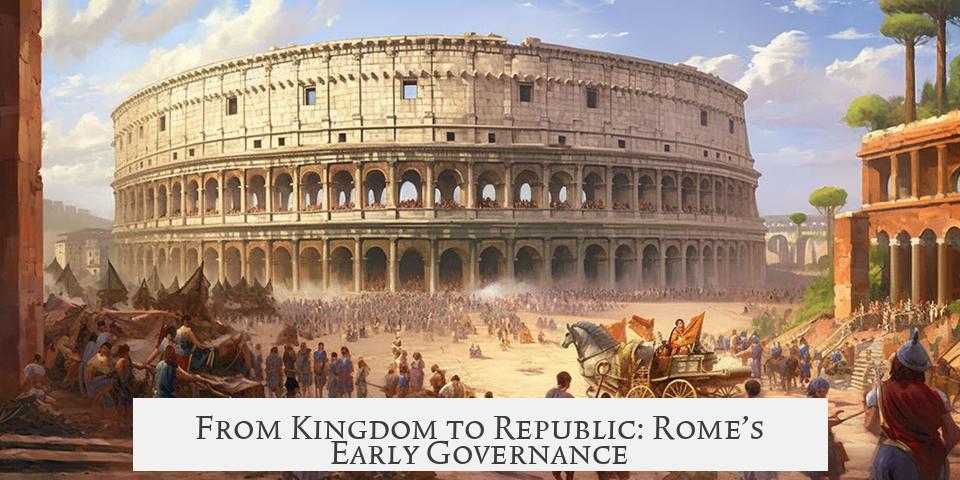
After Romulus, Rome was ruled by a series of seven kings from 753 B.C. to 509 B.C. The last king, Tarquin the Proud, was reportedly so unpopular that the Romans decided to ditch the monarchy and establish a republic. This shift wasn’t just semantics. The change reflected Rome’s early experiment with self-governance and declining power of kings, setting a political trend that influenced later republics and democracies.
Despite this, the true details about these kings and early governance remain fuzzy. Our main historian for this period is Livy, who penned a massive history of Rome containing 142 books. Unfortunately, only 35 survive today, and the crucial earlier chapters — detailing Rome’s foundation until 390 B.C. — face scrutiny. Livy wrote centuries after the events, weaving together myths and historical anecdotes. Did he have access to archives? Or was he mostly a storyteller? Scholars remain divided, adding layers of mystery to Rome’s origins.
Digging Up Rome: Archaeology Steps In
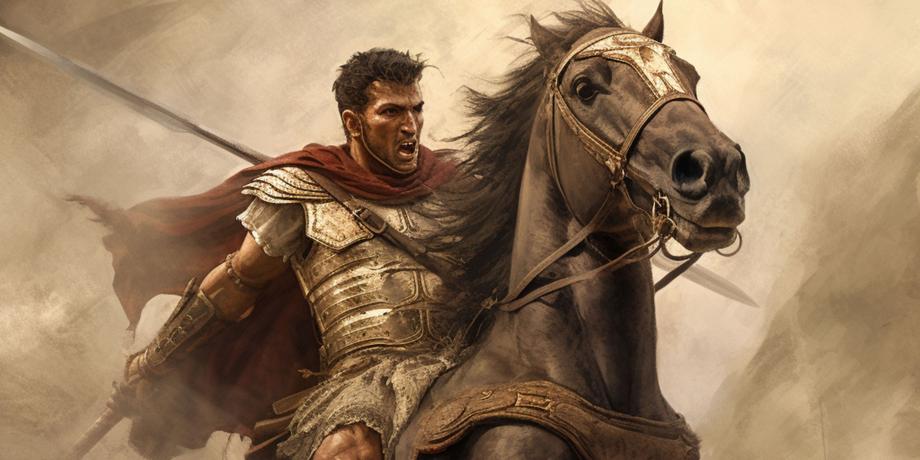
Myth and ancient writings aside, archaeology provides solid clues to Rome’s early days. Excavations reveal a Roman wall and pottery dating back to 850 B.C.— even earlier than the legendary 753 B.C. founding date. This suggests that some form of settlement existed long before records or myths captured it.
It turns out Rome wasn’t built overnight, and not just by one wolf-raised kid. Instead, it likely started as a convenient crossing point for traders and travelers along the river, a natural hub for commerce and livestock trade — thanks to nearby water and salt resources. Seven hills around the area formed the cradle of early Rome, where scattered tribes eventually unified into a single town.
The Slow and Steady Rise to Power

Rome’s growth wasn’t about grand plans or aggressive conquests at first. Instead, it was a gradual process. Rome expanded through local victories over neighboring city-states in Latium, the region of central Italy that gave us the Latin language. Think of it as a serious game of risk, with little wins stacking up over time.
Rome grew organically, fueled by economic activity and strategic alliances — not by a sudden imperial ambition. As Rome’s influence increased, so too did its resources and military strength. Once they had secured their backyard, the idea of empire slowly blossomed.
Enter Augustus: The Real Dawn of the Roman Empire
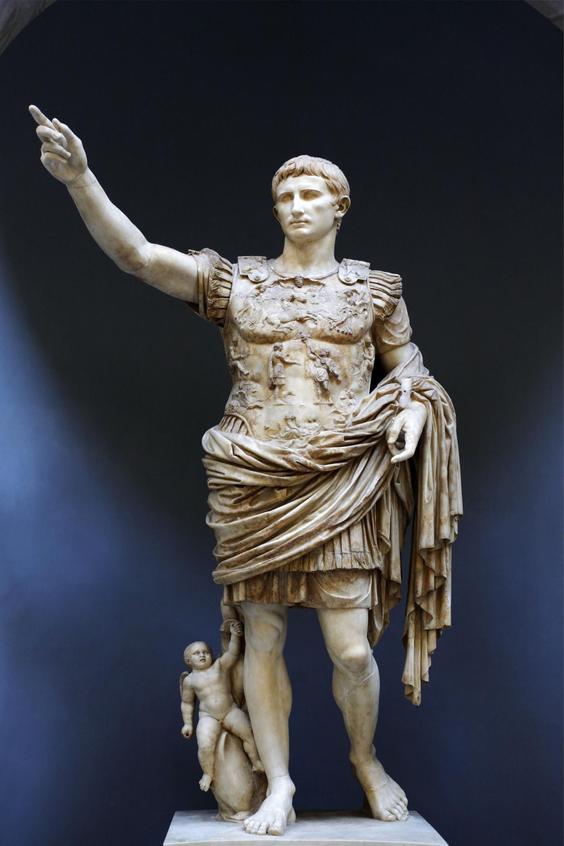
Technically, the Roman Empire begins with Augustus, who ruled from 30 B.C. to 14 A.D. He was Rome’s first emperor, transitioning it from a republic to an empire. Augustus cleverly positioned himself as the “first citizen” rather than a king, masking his absolute power under republican forms. His reign marked the start of a new era, with a centralized government and an expansionist policy that sent Rome across Europe, Africa, and Asia.
Augustus’ role is critical. Without him, the history of Rome would look very different. Sure, the city and republic laid the groundwork, but the empire as we know it — a sprawling superpower — was his brainchild, solidifying Rome’s place in history.
So, How Did the Roman Empire Start? What Can We Learn?
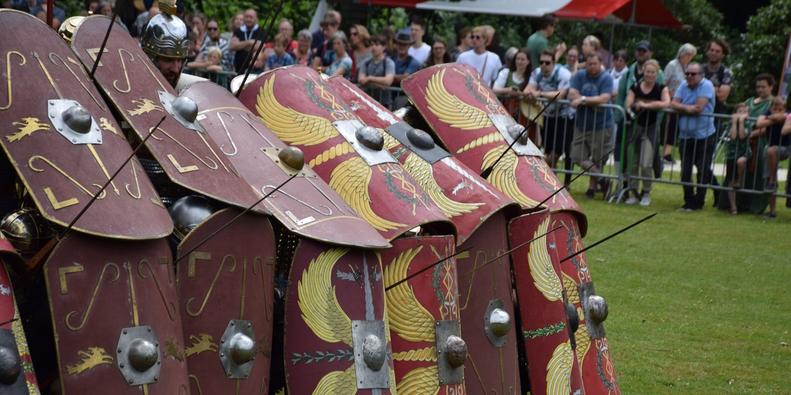
Rome’s start teaches us a lot about evolution rather than revolution. Rome began as a small, strategic settlement, grew through steady victories and alliances, and only later became an empire under Augustus. It wasn’t a sudden leap from a sleepy village to global superpower but a slow, complicated process shaped by geography, politics, economics, and yes, legendary tales.
Here’s a question to chew on: In today’s fast-moving world, can we afford to overlook the slow, steady grind? Just as Rome took centuries to become an empire, our biggest goals might require patience and persistence too.
For history buffs, practical modern leaders, or anyone curious about origins, Rome’s story offers a blueprint on power-building—with a dash of sibling rivalry and wolf mythology for flavor.
Key Takeaways
- Rome’s empire didn’t start overnight; it evolved from a small trade village to a republic, and finally to an empire under Augustus.
- Legend and archaeology combine to create a complex but fascinating origin story.
- Ancient sources like Livy provide valuable, though sometimes questionable, insights into early Rome.
- Rome’s strategic location and steady wins over neighbors fueled its rise.
- Augustus was the real game-changer who founded the empire, ruling from 30 B.C to 14 A.D.
Curious to dive deeper into Roman history or learn how empire-building lessons apply today? Keep exploring, and remember: all great things start somewhere, often in the most unexpected ways.
What is the difference between the city of Rome and the Roman Empire?
Rome began as a city, then became a kingdom, and later a republic. The Roman Empire started only when Augustus ruled from 30 B.C. to 14 A.D. The empire was a larger political entity than the city or republic.
Who were Romulus and Remus in Rome’s founding story?
Romulus and Remus were twin brothers raised by a she-wolf. They decided to found a city but fought over its location. Romulus killed Remus and became Rome’s first king in 753 B.C., according to legend.
How reliable is Livy’s account of early Rome?
Livy wrote centuries after Rome’s founding. He covered Rome’s history in many books, but it’s unclear if he used real records or myths. Historians still debate how accurate his stories are.
What does archaeology tell us about early Rome?
Archaeologists found a Roman wall and pottery dating back to around 850 B.C. This suggests people lived there before the traditional founding date of 753 B.C.
How did Rome grow from a village to a city?
Rome started as a market spot for traders at a river crossing. Small villages formed on nearby hills, eventually merging into a town, then a city.
How did the Roman Empire begin?
The empire began with local victories over nearby city-states in central Italy. Rome gained power step by step without aiming for conquest at first.
